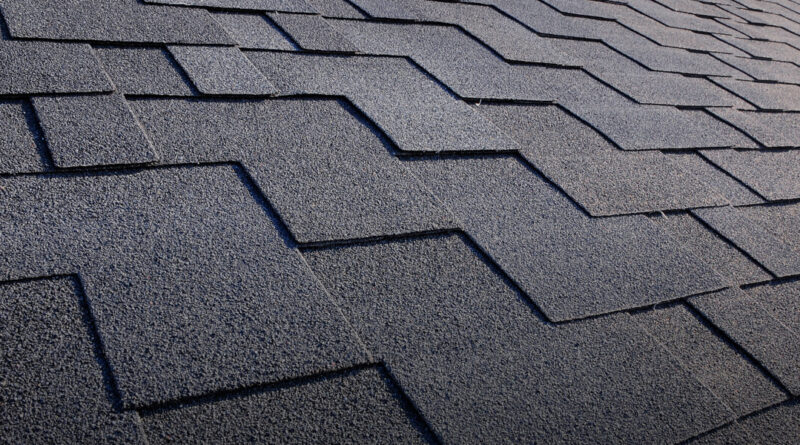4 Steps to Check for Roof Damage After a Storm
When it comes to the lifetime of a home roof, storms are one of the biggest concerns among homeowners. Storm damage to a roof can cause a lot of other problems if it’s not dealt with promptly. How does a responsible homeowner go about looking for roof damage? What are signs that there is a problem that needs to be addressed? Luckily there are some simple steps to take after a storm to help identify potential problems.
- Make Sure It’s Safe
Before trying to check for damage, make sure that it is safe. Do not attempt to go outside during the storm. Protecting your investment is not worth the risk of injury. After the storm, be on the lookout for signs of flooding, downed power lines, ice accumulation, and other potential hazards. If there is a tree or heavy branch on your roof, there may be structural damage. If that is the case, it is advised that you leave the house until it can be inspected by a professional. If it doesn’t seem safe outside, contact emergency services.
- Check Inside
Take a look around inside, watching for problems. A good place to start is in the attic. Look for spots, cracks, or rotted wood. These are all signs that there is a leak in the roof. From there, continue through the house. Go room by room, working from top to bottom. Pay careful attention to the walls and ceilings. Stains, cracks, or mold on the wall can all indicate water damage. A bulge or sag in the ceiling is also a symptom of a serious problem. You will need to seek storm damage roof repair Denver CO if you find any of these things wrong.
- Inspect Outside
When inspecting outside stay on the ground. Only a professional should be climbing around on the roof. If it’s safe outside, take a walk around your home and inspect things. Look for obvious signs of damage, such as missing or curled shingles. Debris on the roof is also easy to spot and may crack or puncture shingles. It’s also a good idea to look at the ground. Watch out for things like shingles or nails that may have blown off of the roof. Don’t forget to check that gutters and downpipes are in order too.
- Document Your Findings
If you see anything wrong, document your findings. Go through each problem spot you identified and document everything you notice. It’s best to move from room to room, so you don’t accidentally leave something out. Besides just keeping a list, you should also be taking photos or videos of your findings. You may need these when it comes time to file an insurance claim.




